What backpack to choose for your next trip? Take advantage of our ranking, which offers the top 10 of the market by gender!
It’s gone for your next trip, the administrative formalities are almost complete, but still a thorny problem, where are you going to store your travel equipment or important documents and clothing? If you are looking for the best travel backpack based on your budget, then you are in the right place.
That you were looking for the backpack for your next city-trip to Amsterdam , your next trek in Nepal or your tour of the world in preparation, we have selected the cream of the travel backpacks.
Best backpacks for women
Deuter Aircontact 50+10
- Available volume: 60 litres
- Vacuum weight : 2,2 kg
- Dimensions: 80 x 30 x 24 cm
- Raincoat cover: yes, integrated
- Strong points: front and top opening, ideal for hiking, rain protection, sleeping bag compartment, extra bag
- Disadvantages: No pocket for computer, large size
Osprey Fairview 40
- Available volume: 40 litres
- Vacuum weight: 1,4 kg
- Dimensions: 54 x 34.8 x 23 cm
- Raincoat cover: no, extra
- Key points: backpack designed for female morphologies, size and minimalist weight
- Disadvantages: The computer pocket is not against the back
Osprey EJA 48 EQUINOX BLUE
- Available volumes: 48 L
- Vacuum weight: 1.1 kg
- Dimensions: 70 x 40 x 32 cm
- Raincoat cover: yes
- Strong points: lightness and comfort, ventilated back panel
- Disadvantages: no anti-puy cover
Osprey Aura AG 65
- Available volumes: 65 L
- Vacuum weight: 3 kg
- Dimensions: 75 x 35 x 32 cm
- Raincoat cover: yes
- Key points: weight, porting comfort and prices
- Disadvantages: no opening on the front
The North Face Terra 55
- Available volumes: only 55 L
- Vacuum weight: 2 kg
- Dimensions: 66 x 31 x 31 cm
- Raincoat cover: no
- Highlights: prices
- Inconveniences: porting comfort, weight and lateral opening not practical
Best backpacks for men
Deuter Aircontact 55 +10
- Available volumes: 55+10 L; 45 + 10 L; 65 + 10 L and 75 + 15 L (for 10 or 15 L above the bag)
- Vacuum weight: 2,7 kg
- Dimensions: 80 x 28 x 22 cm
- Raincoat cover: yes
- Strong points: porting comfort, organization and opening in U on the front
- Disadvantages: weight
Osprey Farpoint 40
- Available volume: 40 litres
- Vacuum weight: 1.6 kg
- Dimensions: 20 x 30 x 55 cm
- Raincoat cover: no
- Strong points: lightness, minimalist, organization and opening in U on the front
- Disadvantages: location for computer not against back
Gregory Baltoro 65
- Available volumes: 65 L, 75 L and 85 L
- Vacuum weight: 2,3 kg
- Dimensions: 35 x 36 x 36 cm
- Raincoat cover: yes
- Strong points: porting comfort, organization and opening in U on the front
- Disadvantages: prices
Millet Ubic 50 + 10
- Available volume: 50 + 10 L and 60 + 10 L (inch 10 L above the bag)
- Vacuum weight: 1,7 kg
- Dimensions: 35 x 36 x 36 cm
- Raincoat cover: yes
- Key points: weight, porting comfort and organization
- Disadvantages: opening on the front only on half the height
Millet Khumbu 55 + 10
- Available volumes: 55 + 10 L and 65 + 10 L (inch 10 L above the bag)
- Vacuum weight : 2,2 kg
- Dimensions: ND
- Raincoat cover: yes
- Key points: resistance, wearing comfort, organisation and prices
- Disadvantages: no access to the front
Osprey Aether AG 60

- Available volume: 60 litres
- Vacuum weight: 2,29 kg
- Dimensions: 34 x 34 x 67 cm
- Raincoat cover: yes
- Strong points: porting comfort and organization, light
- Disadvantages: No opening on the front of the bag
Special backpacks
If you have not found your happiness in our proposed list above, here are some other examples of travel backpacks associated with their specialty:
? Best hiking backpack: Osprey Talon 22
? Best backpack for outdoor photography : Shimoda Explorer 40
⚖ Best minimalist backpack: Bellroy Slim Backpack
? ♀ Best backpack everyday : Peak Design Everyday
? Best anti-volume backpack: XD Design Urban Lite
Which travel backpacks for what uses?
How to choose your travel backpack? You are certainly doing your research on the backpack you want to choose for your next trip. To make the right choice, several criteria must be taken into account:
Weight : this may seem obvious to you, but the empty weight of the backpack is one of the main criteria to look at. Think about the hours of rando or walking you will have to do. Every kilo counts!
Capacity : Second criterion not to neglect, the capacity in litres of your backpack.
As a comparison, a classic backpack for everyday life has a capacity of about 20 litres. Too small to go on a trip, unless you leave in the weekend or are super minimalist.
Then comes the backpack from 30 to 45 litres. This size is perfect for short-term travel, but also for trips of several weeks or months (if you can travel light). Ideal to travel in a single climate and do not need to pack for several types of weather. This size is generally accepted as a hand luggage in the cabin, allowing you to save time and check-in costs when you fly.
Finally, if you need additional space, you can choose a backpack from 50 to 65 litres. Between 70 and 120 litres, there are backpacks for treks or camping. These bags weigh several kilos to empty, a little is excessive for most travellers. But if you need to store a tent and other equipment, it may be the size you need.
Then a number of more optional criteria should be taken into account:
The belt : The belt conveys the heavy loads of your back and shoulders on your hips, leaving your legs (not your back) carry the weight. The simple fact of having a belt is a plus, but having a padded and carved – especially for bags over 40 litres – makes all the difference.
The straps : Good breezes will make your trip pleasant where uncomfortable straps can cause you worries (pains, curbs, injuries...). The more comfortable and well designed shoulder straps, the easier your trips.
Quality of materials : Solidity is essential for any type of baggage, and it is even more true for a backpack that will be your only bag. Most of the bags you need to consider are made of nylon, which is more resistant to abrasion than similar density polyester fabrics. However, by putting a little more budget, you can get a bag made of Dyneema, ultra-resistant polyethylene fiber, the material used for sails.
Interior development : Some prefer simple storages while others will love the multiple pockets inside the bag. It is up to you to see according to the use that you will have of your bag: do you want to store only clothes? Shoes? A computer? etc...
The type of opening : Travel backpacks usually open over. However, if you want to get a garment at the bottom of your bag, you will have to remove everything it contains first... Not very optimal, unless you choose a bag with pockets on the sides or front.
The style : This aspect is purely subjective. Travellers often prefer backpacks with minimalist exterior style, but it may not please everyone.
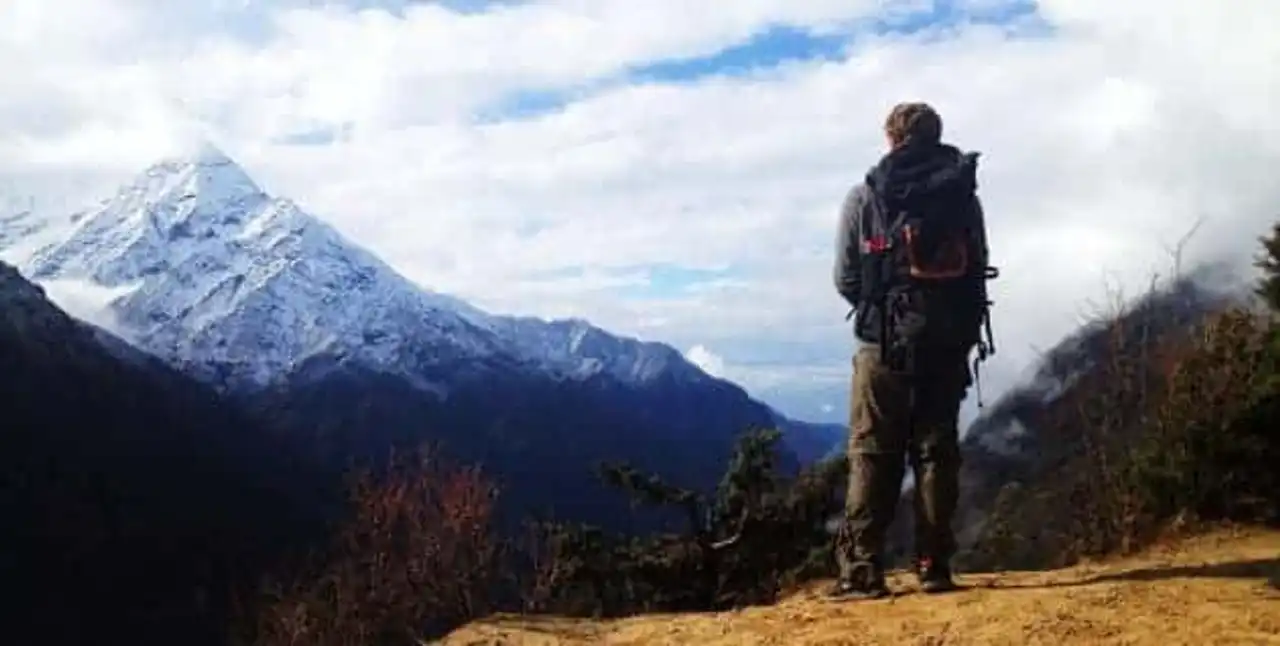
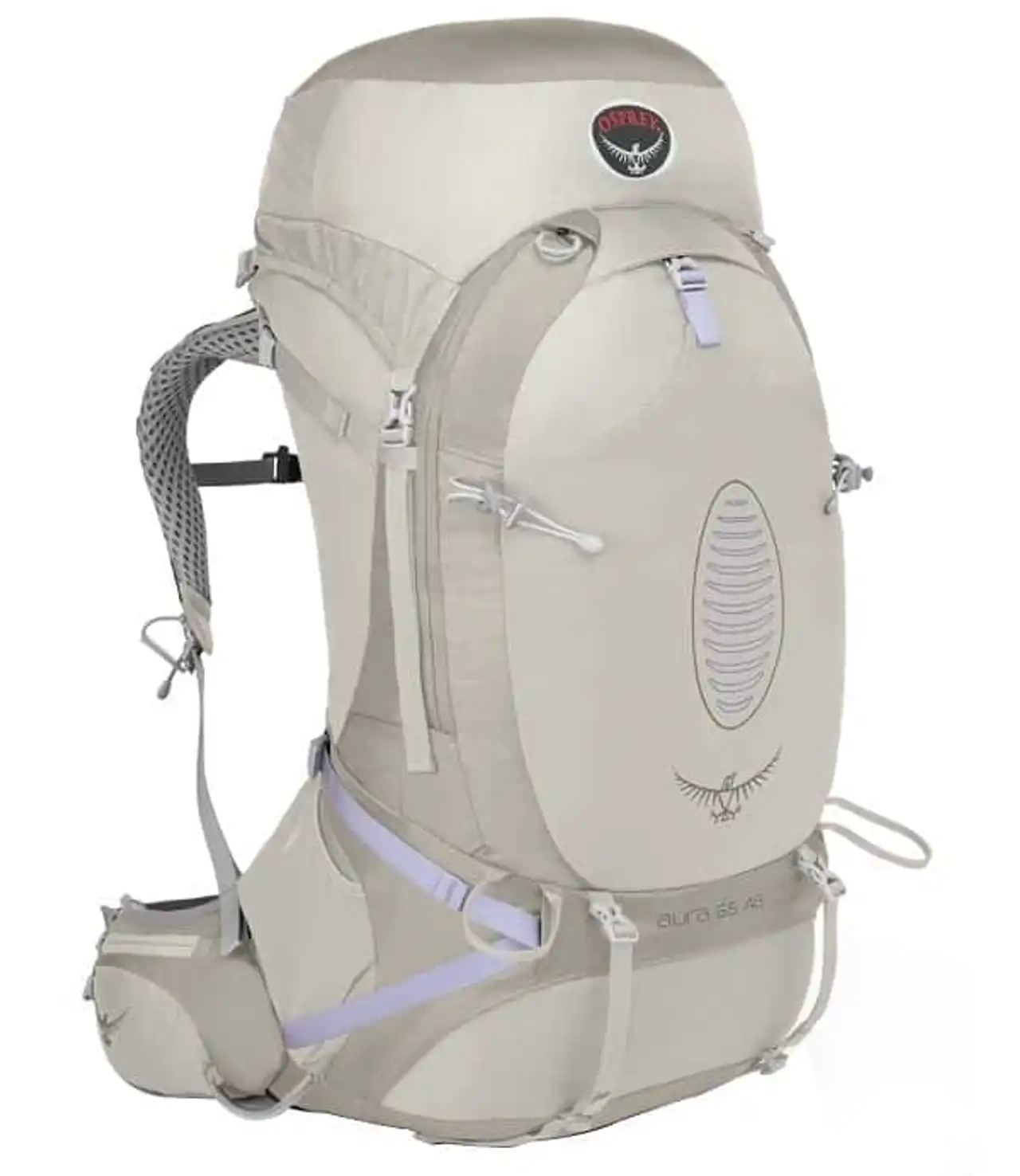
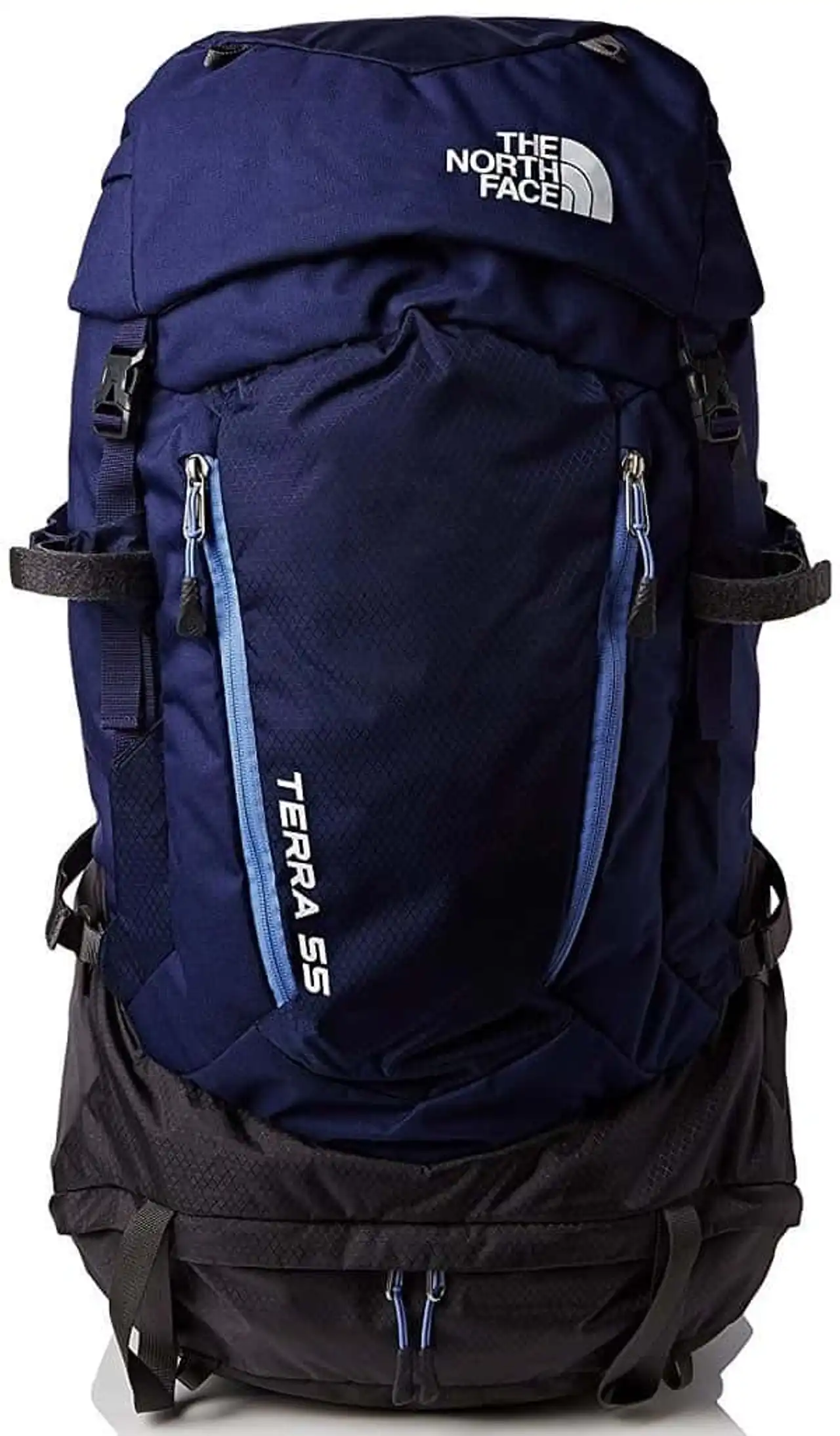
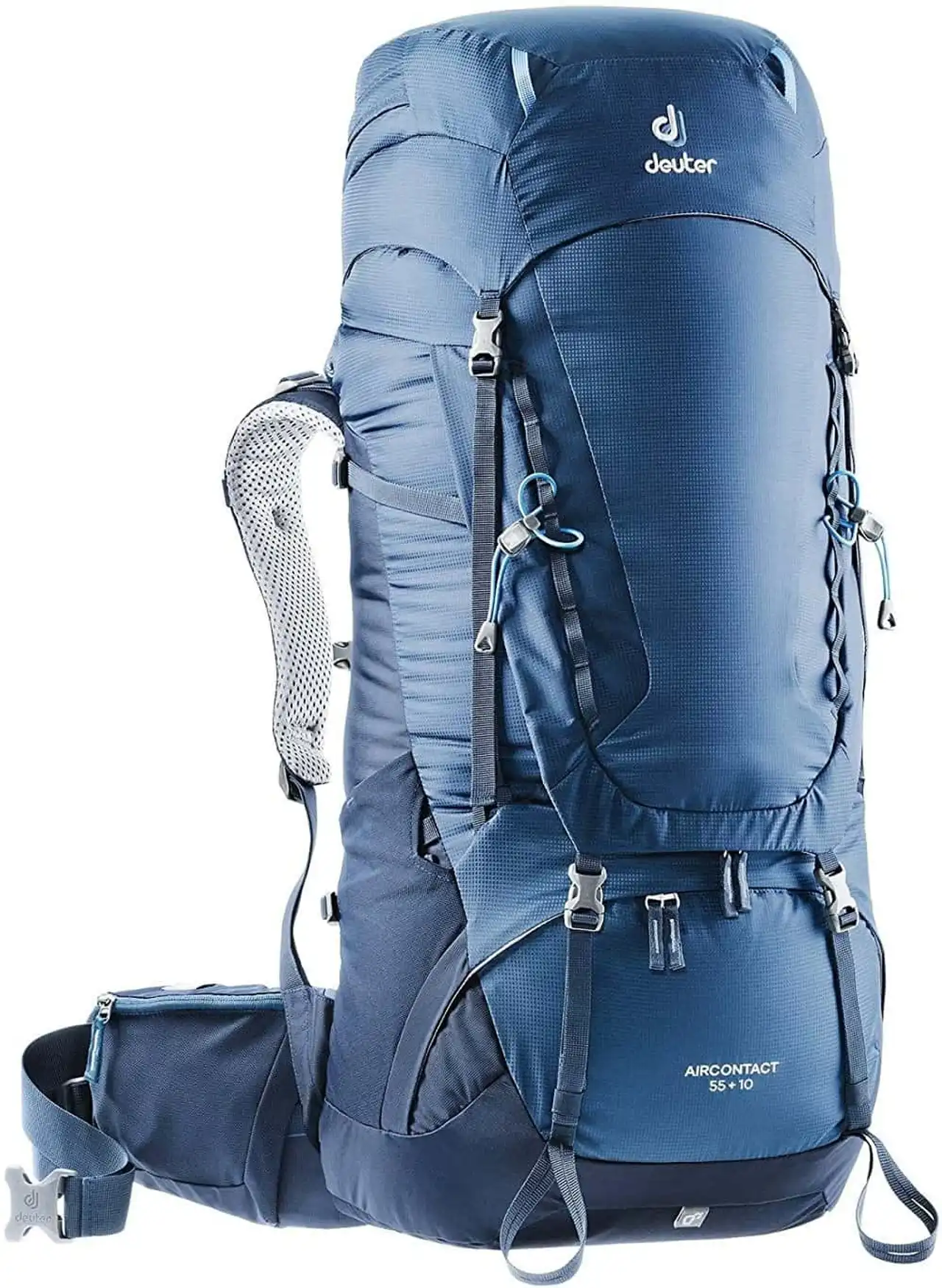
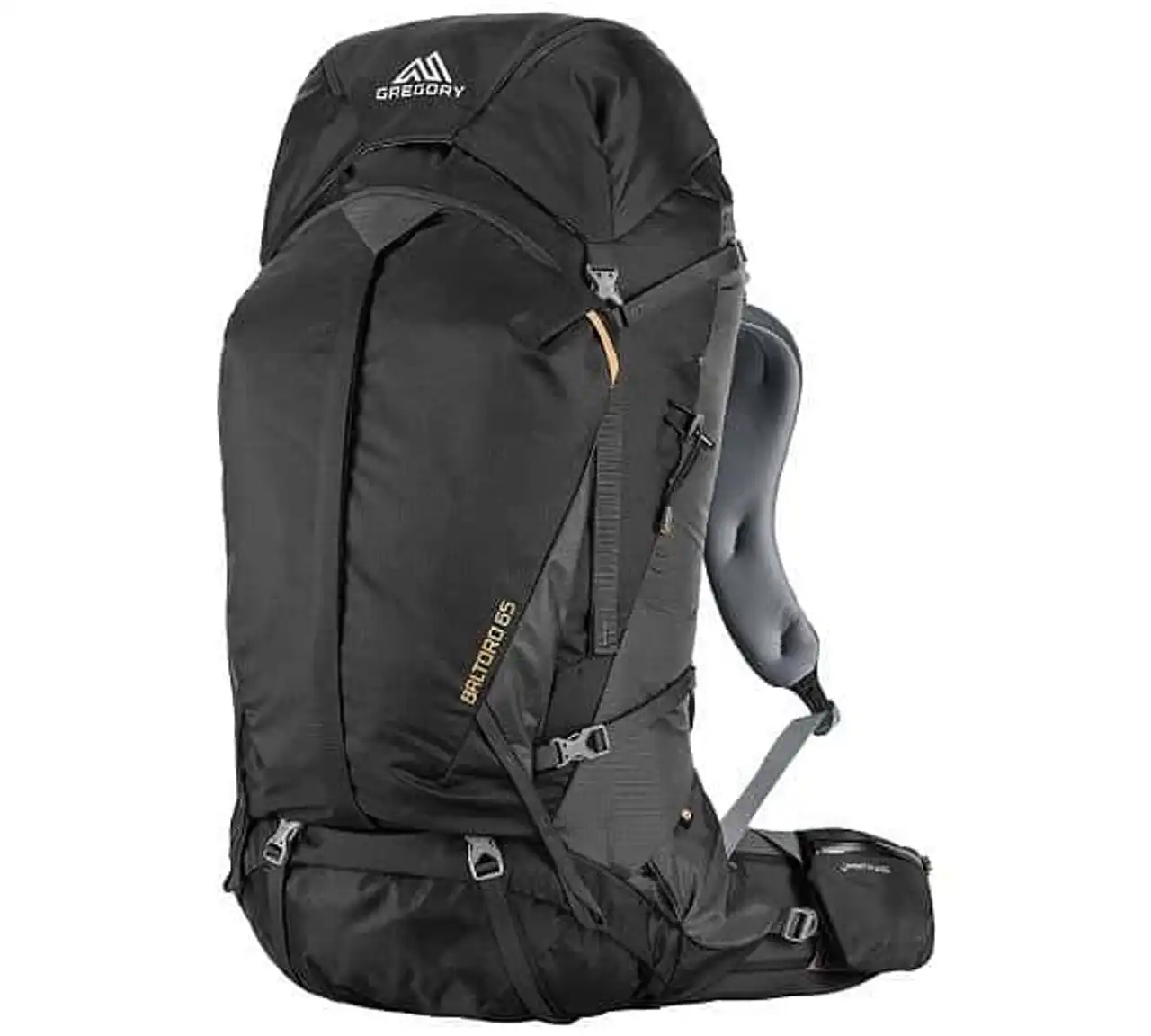
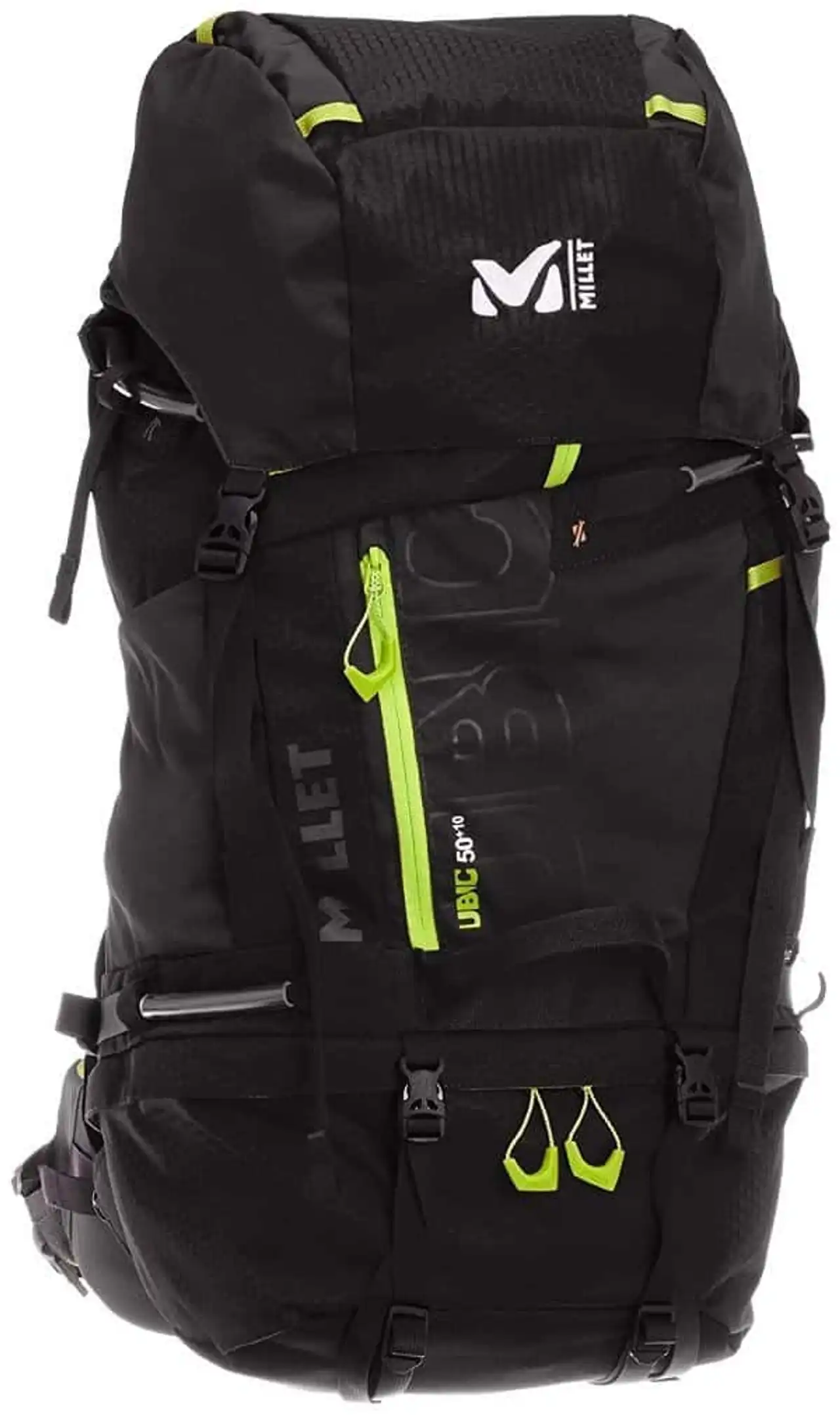
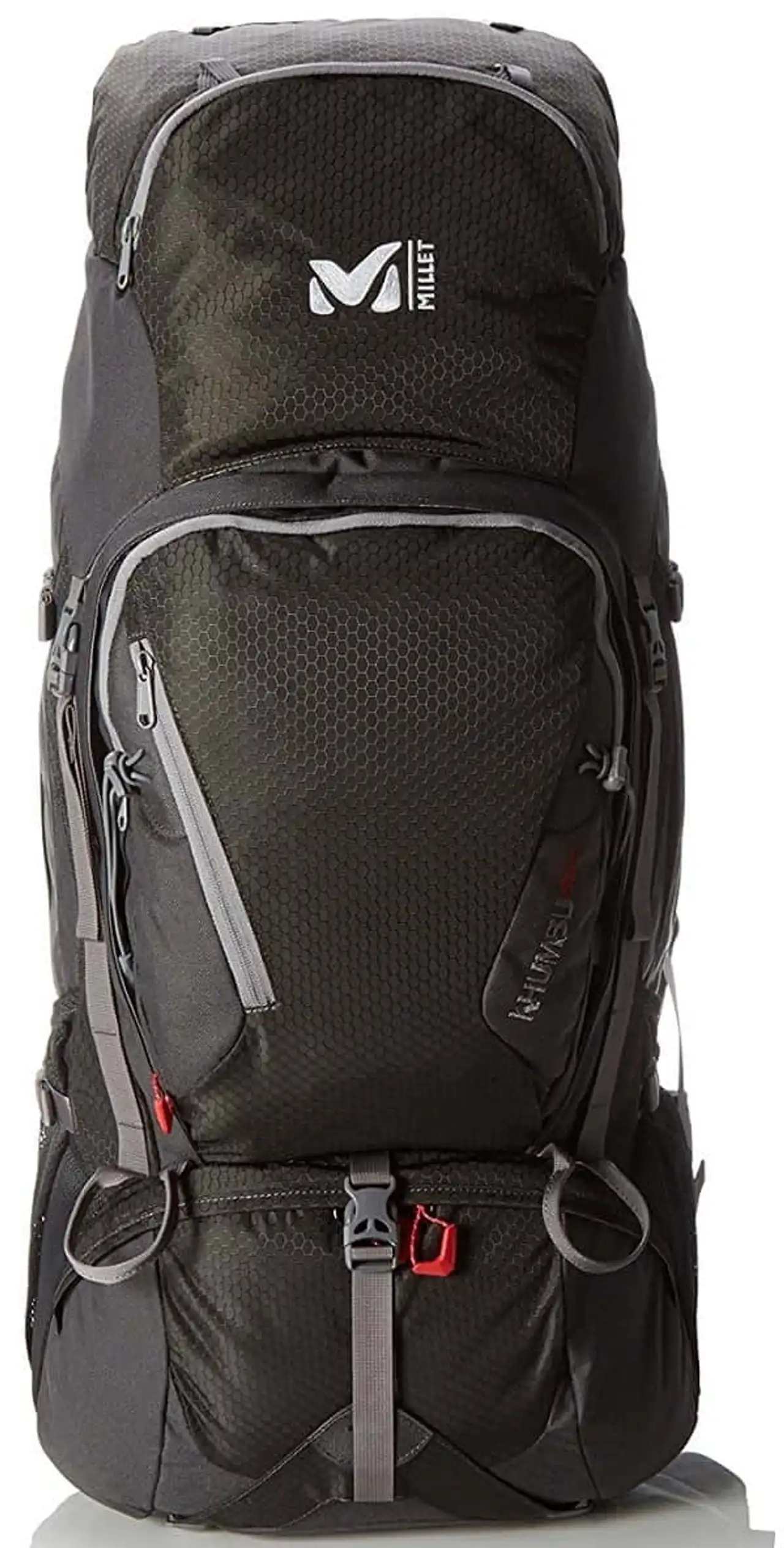






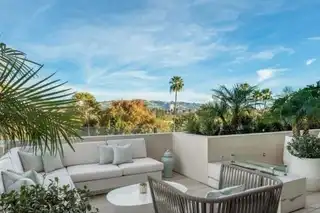
Loading comments ...